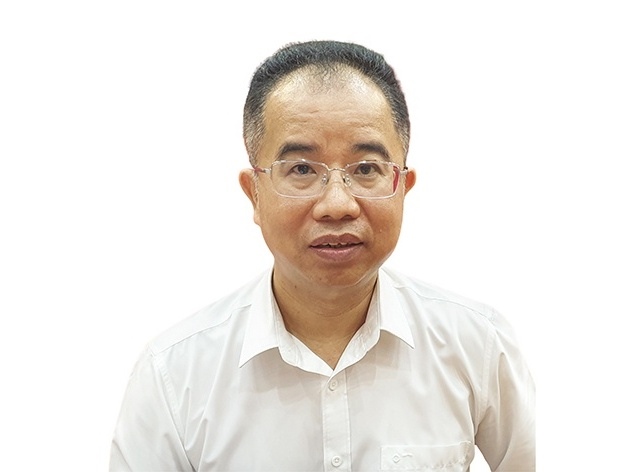Economy on path to speedy recovery
Economy on path to speedy recovery
Viet Nams economy this year bounced back and exceeded expectations with the GDP growth rate reaching an estimated 6.7 per cent - the highest rate in five years.

The number, released by the General Statistics Office of Viet Nam (GSO) on Saturday, also surpassed the Governments target GDP growth rate of 6.2 per cent.
The average GDP per capita also rose by US$57 from last year, reaching about $2,109 per person.
Inflation this year, on the other hand, stayed far below the red line of 5 per cent issued by the National Assembly. It merely reached 0.6 per cent, marking it as the lowest inflation rate in a decade.
A major plunge in oil prices - at times up to about 60 per cent compared to that of last year - was deemed the main cause of the low inflation rate.
"Low inflation is a good sign for the economy," said GSO General Director Nguyen Bich Lam.
"It helps to bring down the costs while increasing the market demand and export values at the same time."
Positive economic growth signs were in line with the latest report on consumer confidence in the countrys economic performance released by the ANZ-Roy Morgan last Wednesday.
Vietnamese consumer confidence finished 2015 at 144.8 points, setting a new record high for the country and making it the highest in Asia for the first time.
Trade deficit
Despite indications showing that the economy is heading on the right track, Viet Nam this year fell back into a trade deficit following three consecutive years of a trade surplus.
Import value was estimated at about $165.6 billion in 2015, while the export value was about $3.2 billion behind.
China, which accounts for more than 28 per cent of the import value and traditionally serves as the biggest exporter to Viet Nam, also saw a remarkable widening trade deficit this year. The number climbed as high as $32.3 billion, an increase of 12.5 per cent compared to the previous year.
The trade deficit with China was expected, as Viet Nams economy, at least in the short term, is still largely dependent on importing material resources from China.
The fact that China continuously devalued the yuan throughout the year may have partly contributed to the trade deficit, although Viet Nams leadership also ordered the depreciation of the currency three times in 2015 in an effort to slow the import flow from its neighbour.
Japan, after several years of serving as an export market for Viet Nam, made a turnaround this year and saw more than $300 million of export value exceed the value of imports from Viet Nam.
Labour productivity gaps widen
Despite an increase in the labour productivity this year, particularly 6.4 per cent in comparison to 2014, the gaps between Viet Nam and other neighbouring ASEAN nations kept widening, said GSOs Integral Statistics Department Head Nguyen Thi Ngoc Van.
According to Van, the labour productivity gap between a Vietnamese and a Singaporean in 1994 was about $62,000, but has now increased to more than $92,500. The trend repeated in comparison with Malaysia and Thailand, with the gap stretching by about $10,000 and $1,000 respectively.
Lam said that there would be much work to do to improve labour productivity, especially when Viet Nam has signed a number of trade agreements, including the historic Trans-Pacific Partnership (TPP), which is expected to elevate the competition in both external and domestic markets.
"We can only compete through strengthened labour productivity," Lam said.





















